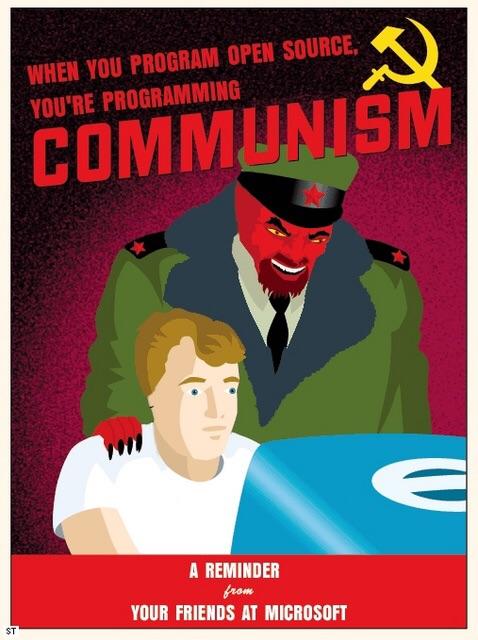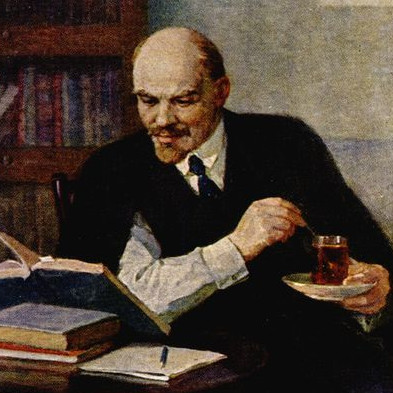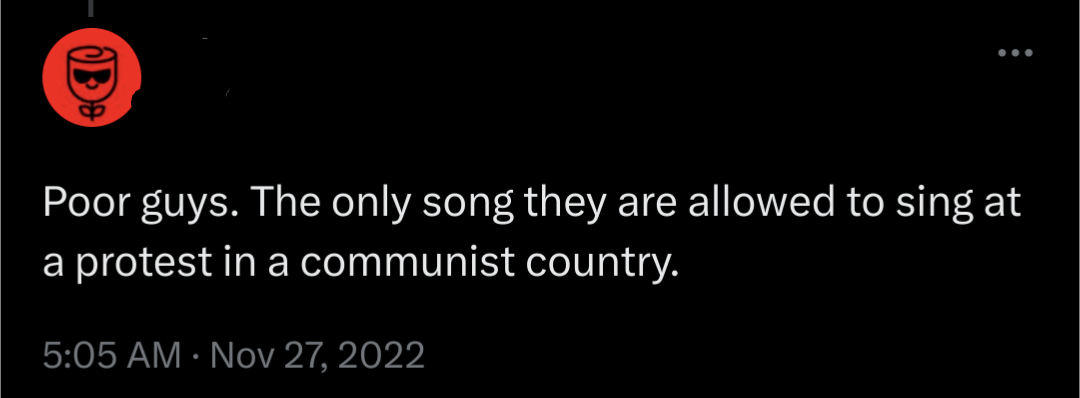A number of common critiques of Jungian typology and the MBTI are often voiced in no uncertain terms by people who have comparatively little knowledge about these fields.
Notably, the authors don’t give their own qualifications.
In terms of empirical evidence, types don’t exist. Human traits are distributed on a bell curve, not as two camel humps.
True.
People who take the MBTI multiple times often come out as different types (Low Test-Retest Reliability).
True.
MBTI descriptions contain vague and flattering statements that anyone would agree to (Forer Effect).
True.
wow.
However, as we will discuss below, the MBTI is not an end in itself. It is an attempt to quantify C.G. Jung’s cognitive theory empirically. And as most people who have grappled with Jung’s theory will readily attest, his concepts are by no means as straightforward as the Big Five’s ideas that someone who delivers his work on time is ‘conscientious’ and someone who talks a lot is an extrovert. Jung’s concepts of the cognitive functions are not only staggeringly complex, they also stand in a dialectical relationship to each other where they alternatively imply, negate, and complement each other.
In other words, the complexity that goes into the definition of Jung’s cognitive functions is well beyond what we are currently able to prove or disprove empirically. Since Jung’s cognitive theories were not laid out in a format suited to empirical analysis, the advocates of Jung’s ideas can always claim that the fault lies not with the concepts but with the process of translating and interpreting the concepts into a format that will suit empirical testing.
Saying that the theoretical basis of MBTI is beyond empirical analysis doesn’t help their case.
You’ll probably get just as much out of this test from the same site: https://www.idrlabs.com/pusheen/test.php
Why Use This Test?
Free. This test is provided to you free of charge and allows you to obtain your scores related to the characters from the Pusheen universe.
Statistical controls. Test scores are logged into an anonymized database. Statistical analysis of the test is conducted to ensure maximum accuracy and validity of the test scores.
Made by professionals. The present test has been made with the input of people who work professionally in psychology and individual differences research.
It’s made by professionals!











Sorry, I was definitely overly aggressive.